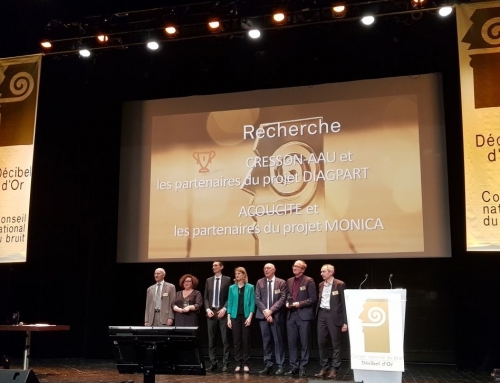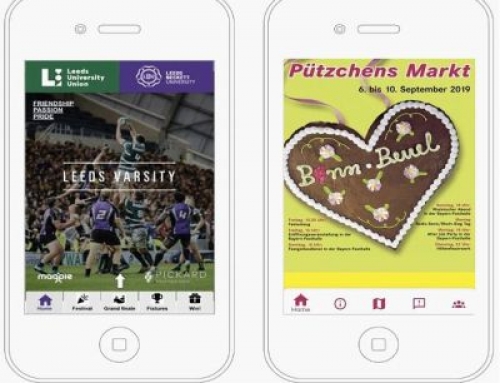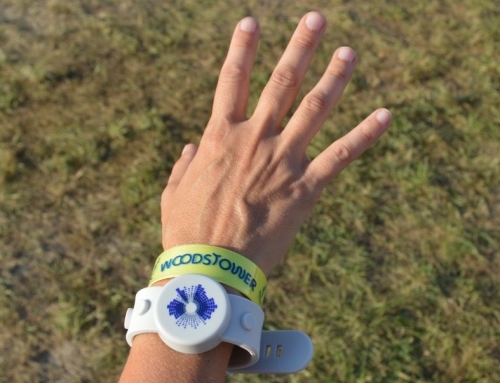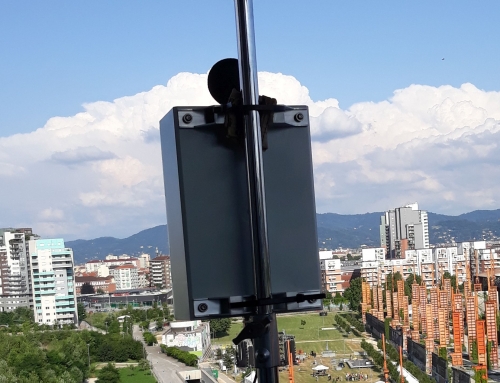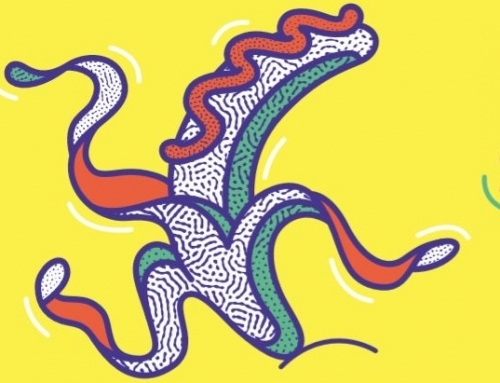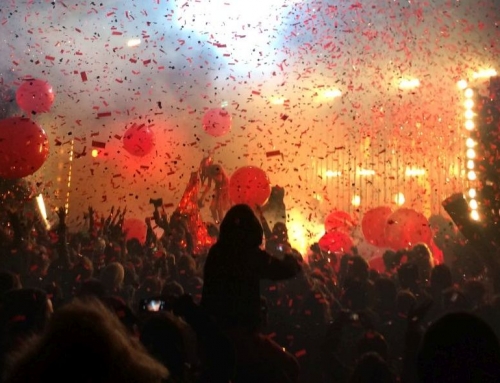The festival Rhein in Flammen, which takes place from 4th-6th May 2018, is deploying MONICA solutions to evaluate the impact of sound emission from the main stage and to tackle crowd gathering at the event’s main tram station.
Rhein in Flammen is a festival happening that takes place once a year in the Rheinaue, a public park located next to the Rhine River in the City of Bonn. The festival is held in a 200,000 m2 open area, and visitors can join the event for free from Friday to Sunday. Consequently, Rhein in Flammen welcomes from 90,000 to 120,000 visitors per day, making it one of the most popular festivals in the area.
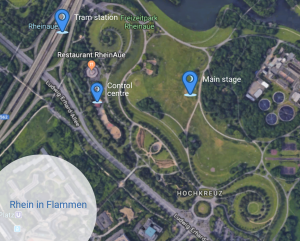
The MONICA demonstration for Rhein in Flammen 2018 will focus on the tram station and the main stage. The venue is located close to the city centre of Bonn and is enclosed by residential areas, a hospital, the highway and the Rhine River. During the festival, a variety of concerts takes place at three different stages, and food stalls are located throughout the whole area. On Saturday evening, the most crowded day out of the three, thousands of people join to watch the firework show and the illuminated boat parade along the Rhine. This part of the program is considered to be the highlight of the event. Image: Google Maps
Improve the sound situation at the main stage
The main stage is one of the central sources of noise complaints, having residential areas and a hospital nearby. To better evaluate the impact that the sound has on its surroundings, Rhein in Flammen will deploy the MONICA sound monitoring solution based on sound level meters and other sensors around the stage.
The knowledge gained from monitoring the sound and its distribution will allow the organisers to make informed decisions on how to improve the situation, such as changing the setup and orientation of stages without compromising the sound quality for visitors and artists.
Crowds leaving at the same time
Rhein in Flammen faces a particular challenge of crowds gathering on the path towards the main tram station and its entrance. Particularly after the fireworks show, many visitors want to leave the event simultaneously.
The MONICA crowd and capacity monitoring solutions will support Rhein in Flammen to tackle this scenario by monitoring crowds with cameras so that organisers can watch crowd density at the tram station queues and predict or detect critical situations.
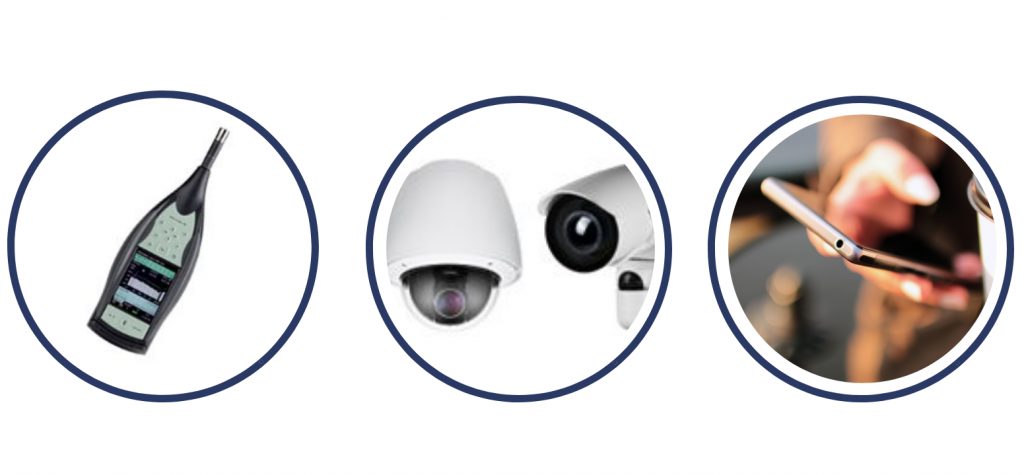
Effective staff management
A third MONICA solution is used for management of staff around the main stage. Professional staff will be equipped with a mobile app for localisation and communication with the control centre. A dedicated wireless network will be deployed to facilitate this functionality.
By providing a real-time overview of the work force, this functionality enables the managers to assign tasks to specific actors, making the event management activities more effective and agile.
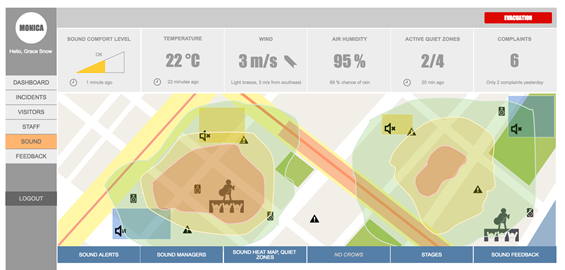
The Common Operational Picture for the 2018 Rhein in Flammen demonstration will show functionalities for sound monitoring, crowd monitoring and capacity as well as location of staff
Common operational picture in the control room
The event managers in the control centre, placed 300 meters from the main stage, have a complete overview of the situation via the web-based MONICA COP (Common Operational Picture). For the 2018 deployment, the COP will provide information about sound levels of the stage area, crowd density and location of staff.
Added functionalities in the 2019 deployment
The results from the 2018 deployment will be used to refine the solutions and significantly scale up the number of deployed devices and involved end users for the next Rhein in Flammen demonstration in 2019. Additional functionalities will be added, such as prediction of critical crowd and queue situations. Furthermore, the use of blimps will be considered for improving sound monitoring. Also, enhanced communication with visitors through smartphone apps, and staff through smart wristbands and smart glasses is planned for the second demonstration.
Want to know more? Contact Marco Jahn from Fraunhofer FIT.

